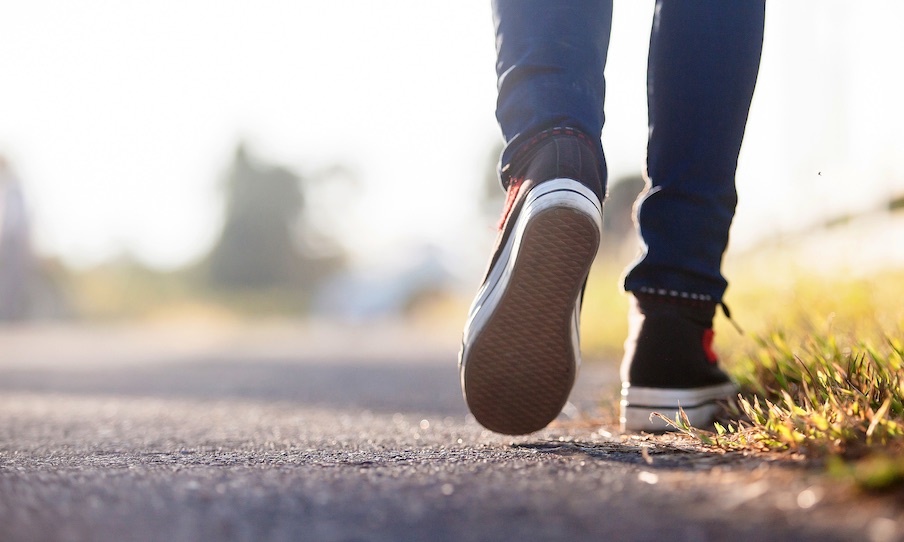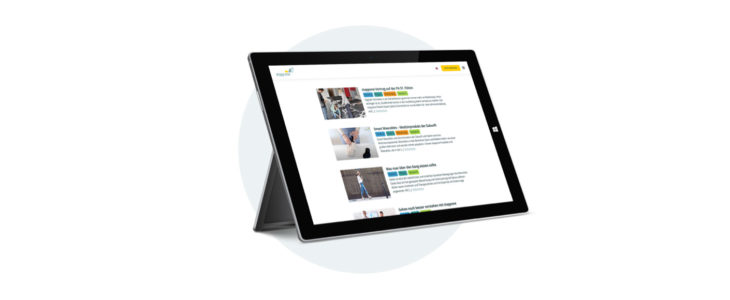What you should know about gait

Walking is a natural and effortless activity that can reveal a lot about a person’s health. Traditionally, doctors and therapists have relied on their expertise to visually analyze a person’s gait. However, this technique is subjective and does not rely on any data. With STAPPONE Medical, precise and objective data can now be obtained.
Understanding the gait cycle and its phases is crucial to interpreting the characteristics of walking, such as stride length, stance phase, and swing phase. Dr. Jacquelin Perry and her team from the Pathokinesiology Laboratory at Rancho Los Amigos National Rehabilitation Center in Los Angeles published a paper describing the “normal” functions of human gait. Their work on the study of human gait was possibly the first comprehensive fundamental research conducted at this scale, yet it is still considered fundamental knowledge in the field of motion and gait analysis.
Gait cycle vs. stride length
The gait cycle and stride length are two essential components of analyzing a person’s gait. The stride length is the distance between the two feet’s contact points, while the gait cycle is the time between two consecutive initial ground contacts of the same foot. ¹
Phases: stance and swing
Each gait cycle has two phases: the stance phase and the swing phase. During the stance phase, the foot is on the ground and begins with heel contact, while the swing phase is when the foot is in the air, and the leg swings forward. ² These phases have three functional tasks:
- Weight transfer
- Single leg stance – The duration of the single leg stance is a guide for assessing the limb’s ability to support itself. ³
- Mid-swing
Walking speed is an essential indicator of a person’s walking ability, especially in terms of stride length and number of steps. For example, a patient with a total hip joint endoprosthesis may cover 10m at a speed of 46.44m/min with an average step length of 0.43m and 108 steps/min leading to exhaustion.
After treatment, the patient may achieve 10m at a speed of 68.63m/min, with an increased stride length and number of steps/minute, indicating significant improvement. 4
While these parameters can be assessed with the naked eye, this method is subjective and somewhat inaccurate. STAPPONE Medical offers a revolutionary solution with its intelligent sensor soles and corresponding software.
stappone sensor soles for objective gait analysis
The stappone sensor soles measure foot pressure load, and the corresponding medical software receives this data via Bluetooth to provide live biofeedback and objective data on gait parameters, including speed, number of steps/minute, stance phase, and swing phase. This allows for accurate assessments of therapy successes, detection of deviations in gait patterns, and prevention of possible complications at an early stage.
Do you have questions about the use of STAPPONE Medical? Contact us! We are always at your disposal.
Find us on LinkedIn and become part of our community! We keep you updated about stappone, medicine and technology!
¹ Götz-Neumann, Kirsten. Gehen verstehen. Ganganalyse in der Physiotherapie. S. 25
² Götz-Neumann, Kirsten. Gehen verstehen. Ganganalyse in der Physiotherapie. S. 26
³ Götz-Neumann, Kirsten. Gehen verstehen. Ganganalyse in der Physiotherapie. S. 26
4 Götz-Neumann, Kirsten. Gehen verstehen. Ganganalyse in der Physiotherapie. S. 35

